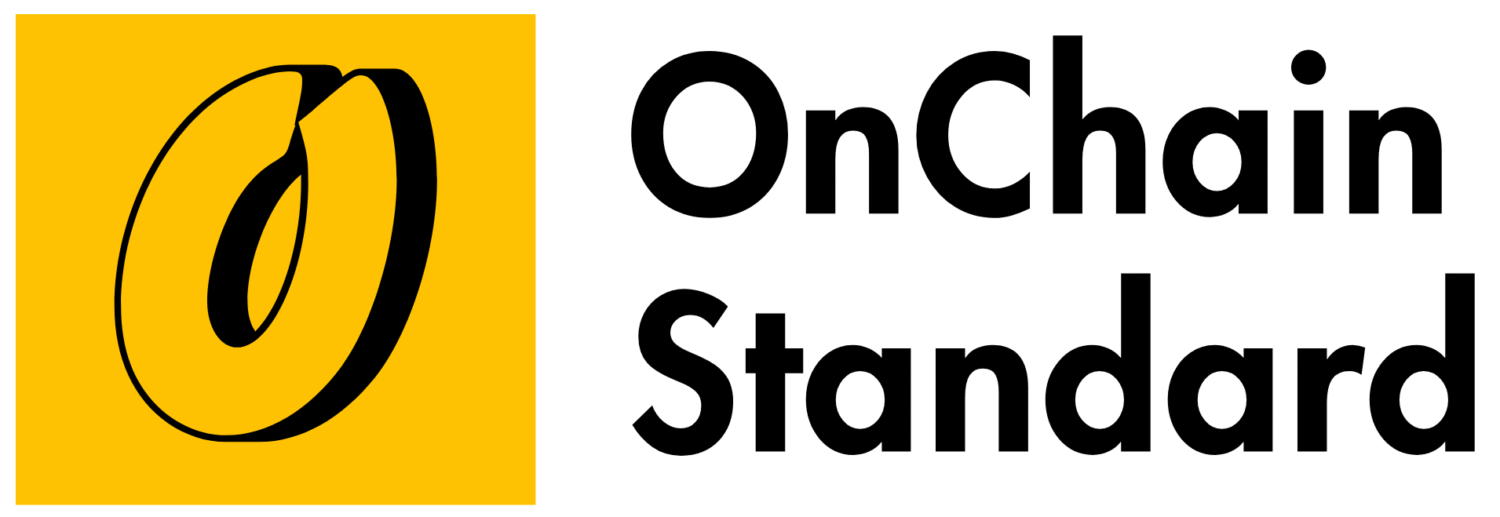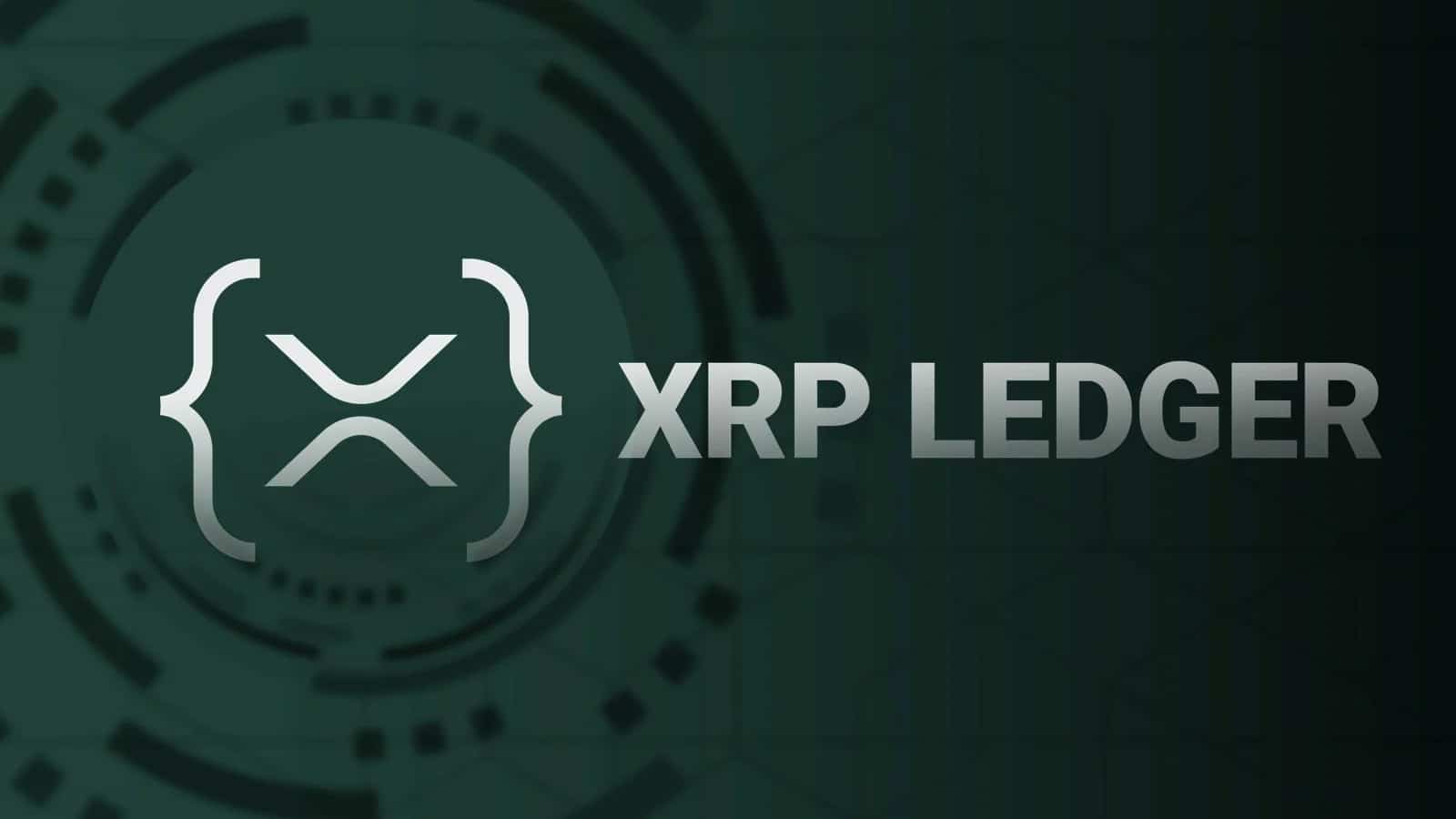What Is Market Cap in Crypto? A 2025 Guide
Discover what market cap means in crypto for 2025. Learn how it measures a token’s value, its role in assessing projects like Bitcoin and Solana, and why it matters for investors
Introduction: Measuring Crypto’s Value
In the $2.3 trillion cryptocurrency market of 2025, market capitalization (market cap) is a key metric for understanding a token’s size, popularity, and investment potential. From established giants like Bitcoin to emerging tokens on Arbitrum, market cap offers a snapshot of a cryptocurrency’s total value. This guide explains what market cap is, how it’s calculated, its significance, and how investors can use it to navigate the dynamic crypto landscape.
Defining Market Cap in Crypto
Market capitalization in cryptocurrency represents the total value of a token’s circulating supply in the market. It’s calculated by multiplying the current price of a single token by the number of tokens in circulation. Market cap helps investors gauge a project’s size, compare it to others, and assess its growth potential or stability.
Formula
Market Cap = Current Token Price × Circulating Supply
For example, if a token’s price is $2 and its circulating supply is 1 billion tokens, its market cap is $2 billion. This metric is widely tracked on platforms like CoinGecko and CoinMarketCap.
How Market Cap Works
Market cap reflects the total value of a cryptocurrency’s available tokens, but it’s influenced by several factors:
-
Price Fluctuations: A token’s price, driven by market demand, directly impacts market cap. For instance, Bitcoin’s price of ~$60,000 in July 2025 contributes to its $1.2 trillion market cap.
-
Circulating Supply: Only tokens available in the market count, excluding locked or unreleased tokens. Solana’s $SOL, with 470 million circulating tokens, has a $70 billion market cap.
-
Market Sentiment: News, adoption, or hype can boost demand, raising price and market cap, as seen with Arbitrum’s $ARB ($3.3 billion market cap).
Fully Diluted Valuation (FDV)
FDV estimates a token’s market cap if all possible tokens (max supply) were in circulation. For example, if a token has 1 billion circulating tokens at $1 and a max supply of 2 billion, its FDV is $2 billion. FDV helps predict future dilution, unlike market cap, which focuses on current supply.
Examples of Market Cap in 2025
Market cap varies widely across cryptocurrencies, reflecting their scale and adoption:
-
Bitcoin (BTC): With a circulating supply of ~19.7 million and a price of ~$60,000, Bitcoin’s market cap is $1.2 trillion, making it the largest cryptocurrency.
-
Ethereum (ETH): ~120 million circulating $ETH at ~$3,300 yields a $400 billion market cap, driven by DeFi and NFT dominance.
-
Solana (SOL): 470 million circulating $SOL at ~$150 results in a $70 billion market cap, fueled by high-speed DeFi applications.
-
Arbitrum (ARB): 3.3 billion circulating $ARB at ~$1 gives a $3.3 billion market cap, reflecting Layer 2 adoption.
-
Small-Cap Tokens: Emerging tokens, like those on Optimism, may have market caps under $100 million, indicating higher risk but potential for growth.
Why Market Cap Matters in 2025
Market cap is a critical metric for investors and projects in the crypto space:
-
Size and Stability: Larger market caps, like Bitcoin’s, suggest stability and lower volatility compared to small-cap tokens prone to price swings.
-
Investment Decisions: Investors use market cap to compare projects. A token with a $10 billion market cap (e.g., Cardano’s $ADA) is less likely to “10x” than a $50 million token but offers lower risk.
-
Project Ranking: Platforms like CoinGecko rank tokens by market cap, helping users identify market leaders or undervalued gems.
-
Adoption Indicator: High market caps, like Ethereum’s, reflect strong adoption in DeFi, NFTs, and Web3, with $92.3 billion in global DeFi TVL.
-
Corporate Interest: Companies like Metaplanet, holding 15,555 BTC ($1.7 billion), boost Bitcoin’s market cap, signaling institutional trust.
Limitations of Market Cap
While valuable, market cap has drawbacks:
-
Doesn’t Reflect Liquidity: A high market cap doesn’t guarantee easy trading. Low liquidity tokens may have inflated market caps but thin order books.
-
Excludes Locked Tokens: Market cap ignores future dilution from unreleased tokens, making FDV a useful complement.
-
Volatility Sensitivity: Price swings, common in 2025’s bull market, can rapidly change market cap, as seen with volatile tokens dropping 50%+.
-
Manipulation Risk: Pump-and-dump schemes can artificially inflate market cap, misleading investors.
How to Use Market Cap Effectively
To leverage market cap for smarter investing:
-
Compare Projects:
-
Use CoinGecko or CoinMarketCap to compare market caps across tokens. Solana’s $70 billion market cap signals broader adoption than a $50 million small-cap token.
-
Assess FDV to understand potential dilution risks.
-
-
Evaluate Risk and Reward:
-
Large-cap tokens (>$10 billion) like $ETH offer stability but modest growth.
-
Mid-cap ($1–$10 billion) and small-cap (<$1 billion) tokens, like $ARB, carry higher risk but potential for larger gains.
-
-
Check Liquidity and Volume:
-
Ensure high trading volume supports the market cap. Solana’s $2.5 billion daily volume indicates strong liquidity.
-
Avoid tokens with low volume, which may be hard to sell despite a high market cap.
-
-
Research Tokenomics:
-
Analyze supply and allocation. Tokens with fixed supplies, like Bitcoin, are less prone to dilution than those with ongoing minting.
-
Check for transparent vesting schedules to avoid dumps.
-
-
Monitor Market Trends:
-
Track market cap changes for signs of adoption or decline. A rising market cap often signals growing interest, as seen with Arbitrum’s $18 billion TVL.
-
The Role of Market Cap in 2025
In 2025, market cap is a vital lens for navigating the crypto market:
-
DeFi Growth: High market caps for Layer 2 tokens like $ARB reflect DeFi’s $92.3 billion TVL, driven by platforms like Aave.
-
NFT and Gaming: Market cap growth in ecosystems like Optimism signals adoption in NFT marketplaces and blockchain games.
-
Institutional Adoption: Corporate treasuries, like Metaplanet’s $1.7 billion Bitcoin holdings, boost large-cap tokens’ stability.
-
Market Dynamics: The top 10 tokens, including $BTC and $ETH, account for ~80% of the $2.3 trillion market, highlighting market cap’s role in ranking influence.
Conclusion
Market capitalization is a fundamental metric in the 2025 crypto market, measuring a token’s total value by multiplying its price by circulating supply. From Bitcoin’s $1.2 trillion dominance to Arbitrum’s $3.3 billion Layer 2 growth, market cap helps investors assess size, stability, and potential. While it doesn’t capture liquidity or future dilution, combining it with trading volume and tokenomics analysis offers a clearer picture. As the crypto market evolves, understanding market cap empowers investors to make informed decisions in the dynamic world of DeFi, NFTs, and Web3.




